Hello, again, my sweet little ghosts, goblins, witches, and fairies.
Here we are with another day of Halloween Week Spooky Science. I hope you are having a BOO-tiful week! Leaves are turning yellow, it is getting colder in some places, but we don’t stop. We keep going because Halloween is almost here!
Today’s experiment is all about the bases and acids we talked about yesterday. In fact, the reaction is exactly the same. But with a twist.
Remember how we created carbon dioxide yesterday and because the gas didn’t have anywhere to go, it inflated the balloon?
Well, today, the gas will escape. To be honest, the gas will go everywhere and will reveal a surprise at the end. So get ready for a little fun mess!
There are two ways this experiment can be done, and we will do both of them!
The materials are the same for both, but the time they take is different.
Ready? Scared? GO!
Materials:
- Baking soda
- Vinegar
- Water
- Dish soap
- Food coloring (optional)
- Halloween trinkets like eyeballs or creepy crawlers
- Green pipe cleaners (optional, only in case you want to make a pumpkin)
- Tray
- Pipettes or something that you can use to slowly drop the liquid
- Bowl
How to?
Well, we will start with the experiment that takes longer.
In the bowl, create a mixture of water and baking soda. Pour two cups of baking soda (and the food coloring of your choice). I want to make a pumpkin, so I will mix yellow and red, but just go for it if you already have orange! Mix that with a fork until the color is distributed equally. Now, add water - a little bit at a time until you can feel the mixture can be easily molded like dough.
Grab one of your trinkets (eyeball and spiders in my case), hide the trinket inside the mixture, and form a pumpkin-like ball. You can do the same with other colors of water and the baking soda mixture. Create other balls with trinkets inside.
Decorate them with the pipe cleaners, if you wish. Now, place the balls inside a tray or cookie sheet. Let it sit overnight.
In the morning, set up your space with bowls, plates, trays or beakers, pipettes and tongs. Pour some dish soap into your containers or tray. Fill some of the containers with vinegar. You can pour some food coloring if you want to make it even more fun.
Now, you can start slowly dropping each ball inside your containers of vinegar and soap, or you can drop vinegar slowly over them to reveal the surprise inside. Let your imagination go wild with the ways you can do this. Use the pipettes and tongs to help you handle the fizzing balls. It is super fun!
The other way you can do this experiment is probably faster. You will need the same materials except for the water.
First, arrange the bowls and trays in a safe space. Pour some drops of dish soap into the bottom of your containers. For both experiments, the dish soap will not do much for the reaction but will enhance the fizzling and bubbles you will get with your experiment.
Add the trinkets to your containers and sprinkle baking soda over them.
In a different bowl, pour the vinegar and mix with some food coloring if you want. Then, start pouring the vinegar over the bowl with the trinkets and see the fizzling fun starts to happen.
The science behind this one is the same as acid and bases from the last experiment. Except, in this case, the carbon dioxide is not inflating a balloon, but it’s in the bubbles and fizzling in your bowls, and the gas is being released into the air.
I just love this experiment, and I hope you enjoyed too. I have to say, I do not like the mess. I will just have to clean it up now.
But this week, nothing can make me sad because it’s Halloween week!
See you tomorrow!
Pumpkin wishes and candy corn kisses!
Jess









